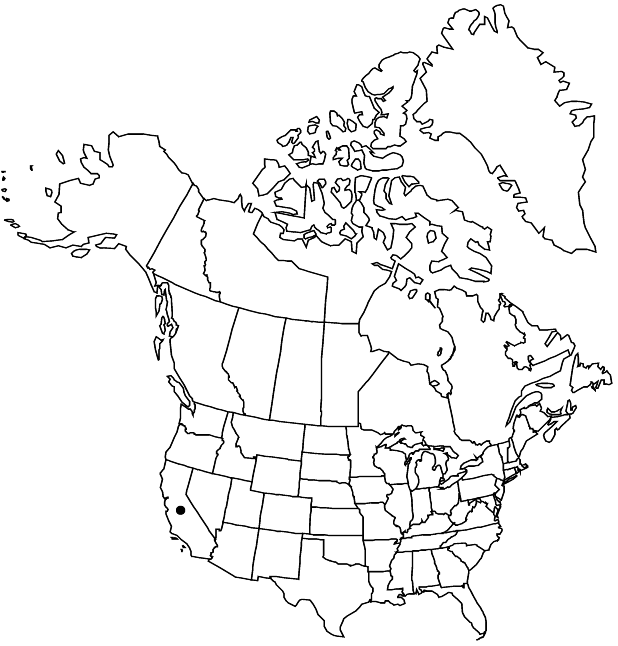Arctostaphylos andersonii
Proc. Amer. Acad. Arts 11: 83. 1876 ,.
Shrubs or trees, erect, (arborescent), 2–5 m; burl absent; twigs densely short-hairy with long, white, gland-tipped hairs. Leaves bifacial in stomatal distribution; petiole to 4 mm; blade bright green, dull, oblong, 4–7 × 1.5–2.5 cm, base auriculate-clasping, margins entire, plane, surfaces smooth, glabrous. Inflorescences panicles, 4–6-branched; immature inflorescence pendent, branches spreading, axis 2–3 cm, 1+ mm diam., densely short-hairy with long, white, gland-tipped hairs; bracts not appressed, leaflike, lanceolate, 8–15 mm, apex acute, surfaces short-hairy with long, gland-tipped hairs. Pedicels 6–8 mm, finely glandular-hairy. Flowers: corolla white, conic; ovary finely glandular-hairy. Fruits depressed-globose, 6–8 mm diam., finely glandular-hairy, (viscid). Stones distinct. 2n = 26.
Phenology: Flowering winter–early spring.
Habitat: Chaparral, edges of open forests
Elevation: 300-900 m
Discussion
Of conservation concern.
Arctostaphylos andersonii is known from the central and southern Santa Cruz Mountains in Santa Cruz and Santa Clara counties.
Selected References
None.
Lower Taxa
"entire" is not a number.
